Build It Green has been hosting a cross-sector team of researchers, utility strategists, contractors, electricians, and others to discuss barriers and opportunities around electrical panels. Read to learn about the Panel Optimization Work and Electrical Reassessments group (POWER)’s start and how its members are using their collective knowledge to advance electrification efforts in California and beyond.
It doesn’t take a health expert or climate scientist to know that we need to move away from burning fossil fuels, especially in how we power our homes. Many folks are considering solar or a switch to all-electric appliances in an effort to help decarbonize our buildings. Policies are popping up across California to speed up the transition. Utilities around the country have provided renewable energy credit options for years, and ENERGY STAR is a highly recognized label for efficient appliances. So what’s the hold up? Why haven’t all (or even most) homes made the switch?
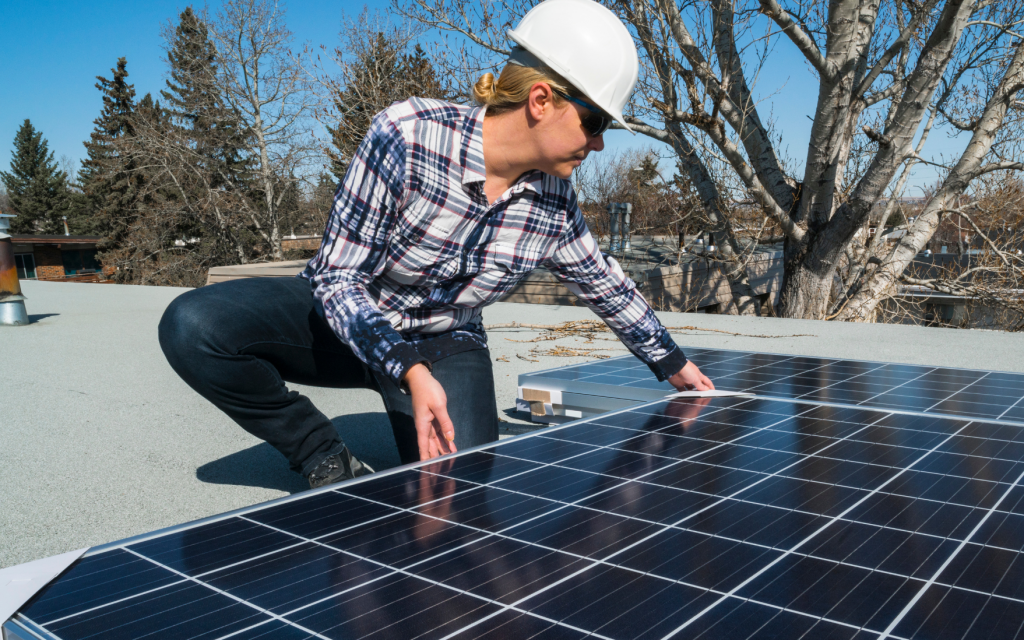
Installing solar panels on rooftops is one of many ways to electrify a home. (Photo Credit: powerofforever via Getty Images)
Decarbonization and Electrification
Decarbonization is the process of reducing the amount carbon dioxide we release into the atmosphere, and to address climate change, moving toward the full decarbonization of every sector is critical. In the built environment, steps toward this can look like installing solar panels and adopting energy-efficient appliances.
Electrification is a specific decarbonization method and refers to the process of replacing non-electric appliances, vehicles, and other devices with electric alternatives.
Through conversations with builders, homeowners, and utilities, Build it Green staff started to hone in on these seemingly insignificant panels as a key intervention point—one with the potential to trigger the rapid decarbonization we need in buildings. In order to put solar on a home or switch the heating appliance to an all-electric heat pump, there is often an electrical panel upgrade needed or, at the very least, a thoughtful power-efficient plan. More electric devices can equal greater power demands on the grid if they’re not power-efficient, and even if they are, it’s more complex than you might expect.
Power Efficiency vs. Energy Efficiency
Because energy-efficient appliances can also be power-efficient, these terms are sometimes used interchangeably. It is important to distinguish between them for the electric panel conversation.
Power is a rate—it measures how much energy is transferred per unit of time. You can calculate an appliance’s energy consumption over a period of time if you know its power and the amount of time it’s in use. (Energy = Power x Time)
Energy efficiency refers to lower energy consumption, which can be achieved in two ways: by having a slower rate of energy consumption (using less power) or operating quickly (requiring higher power demand).
Power efficiency refers only to the first case. Power-efficient appliances require a smaller portion of an electrical panel’s capacity than those that use a lot of power instantaneously, making them key to the process of electrifying a home without a panel upgrade.
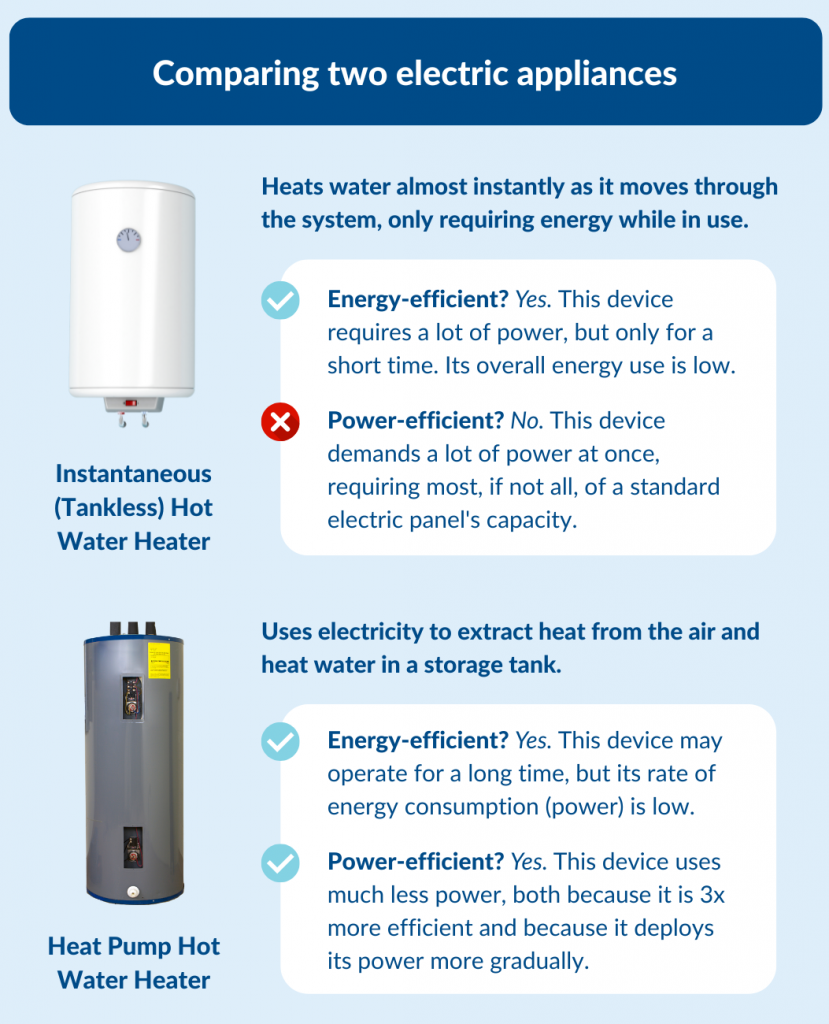
Electrical panel upgrades (or avoiding them while still electrifying) are at the center of a number of interconnected issues. The first, most obvious pain point is cost. Older homes are more likely to have electrical panels that need upsizing, and according to a 2021 report from the California Energy Commission, around 75% of California homes were constructed before 1990. The same report estimates that upgrading the electrical panels in all of these homes would cost anywhere from $25-$40 billion, and that’s just one step in the electrification process. What does this number imply for an individual home or property owner?
The budget for upgrades typically includes the panels themselves, contractors, permits, and utility service upgrades, which can cost up to tens of thousands of dollars. The alternative is purchasing higher efficiency appliances or load sharing devices to avoid panel upgrades. This too can be expensive. Even with appliance incentives, there are the added challenges of obtaining a permit and hiring a contractor who is both available and familiar with incentive programs and installing high-performance technology (a unicorn in today’s economy).
Additionally, if an upgrade is needed, the process can be confusing, with codes that are difficult to interpret and requirements that differ from city to city. If the cost, contractor shortages, and confusion aren’t off-putting enough, cognitive barriers may stop the process before it starts. Uncertainty around the rules leads to a greater perception of risks, and consumers can view energy-efficient and power-efficient appliances as inferior. Additionally, building officials and professionals alike may be unaware of how to safely maximize use of an existing panel to avoid upgrades.
We hosted the first meeting of what would become the Panel Optimization Work and Electrical Reassessments group (POWER, for short) in December 2021. Since then, we’ve witnessed this group’s enthusiasm grow. Without prompting, they self-organized around a few critical areas: peer learning (on code interpretation and best practices for adopting new technology and safely avoiding panel upgrades), research alignment and data sharing for more effective electrification strategies, and shifting the collective conversation away from individual behavioral change to empowering individuals by changing processes. At each convening, tangible steps develop that target deeply technical and systems oriented change.
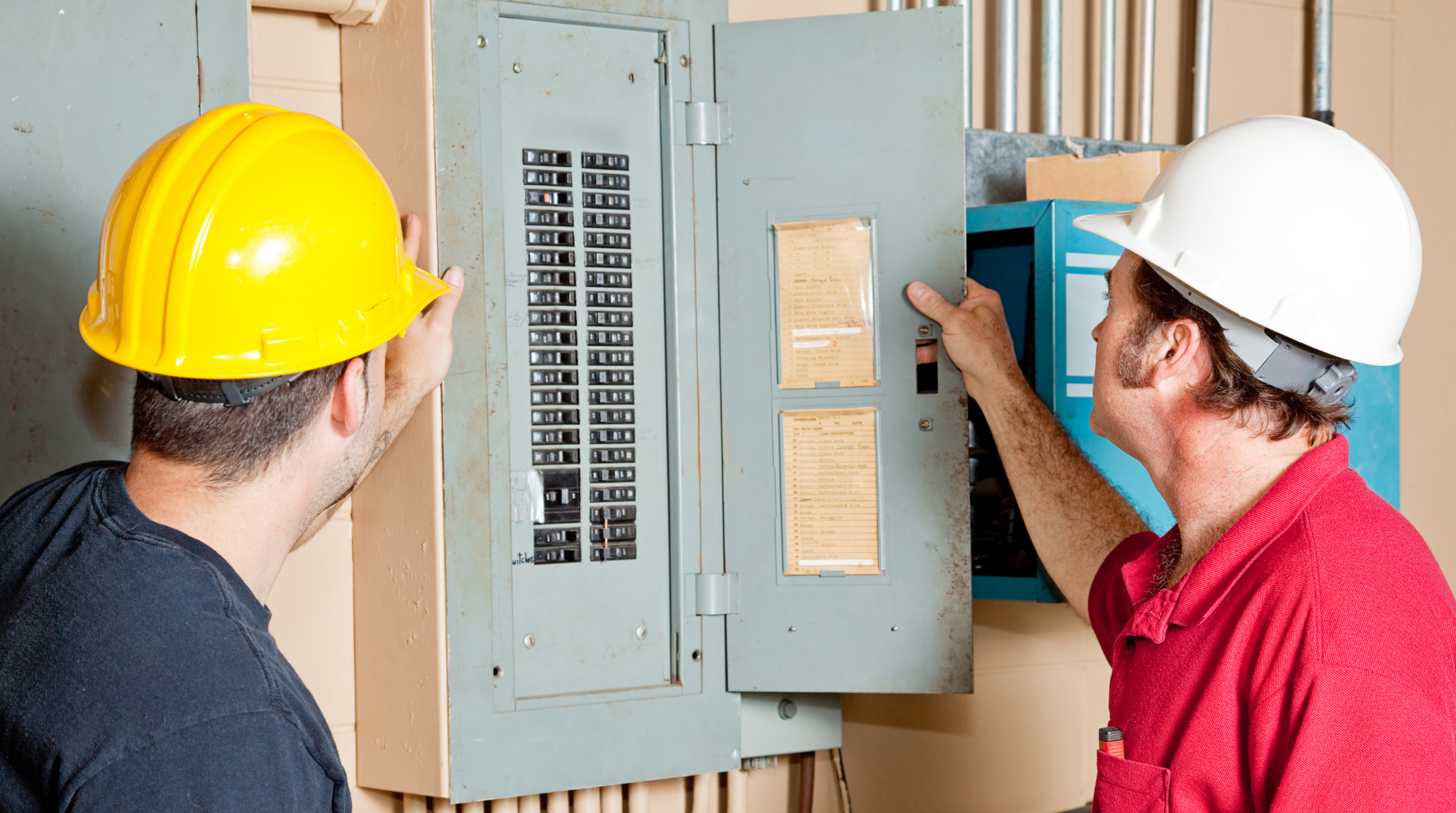
Electrical panels in older homes are more likely to need upgrades. (Photo Credit: lisafx via Getty Images)
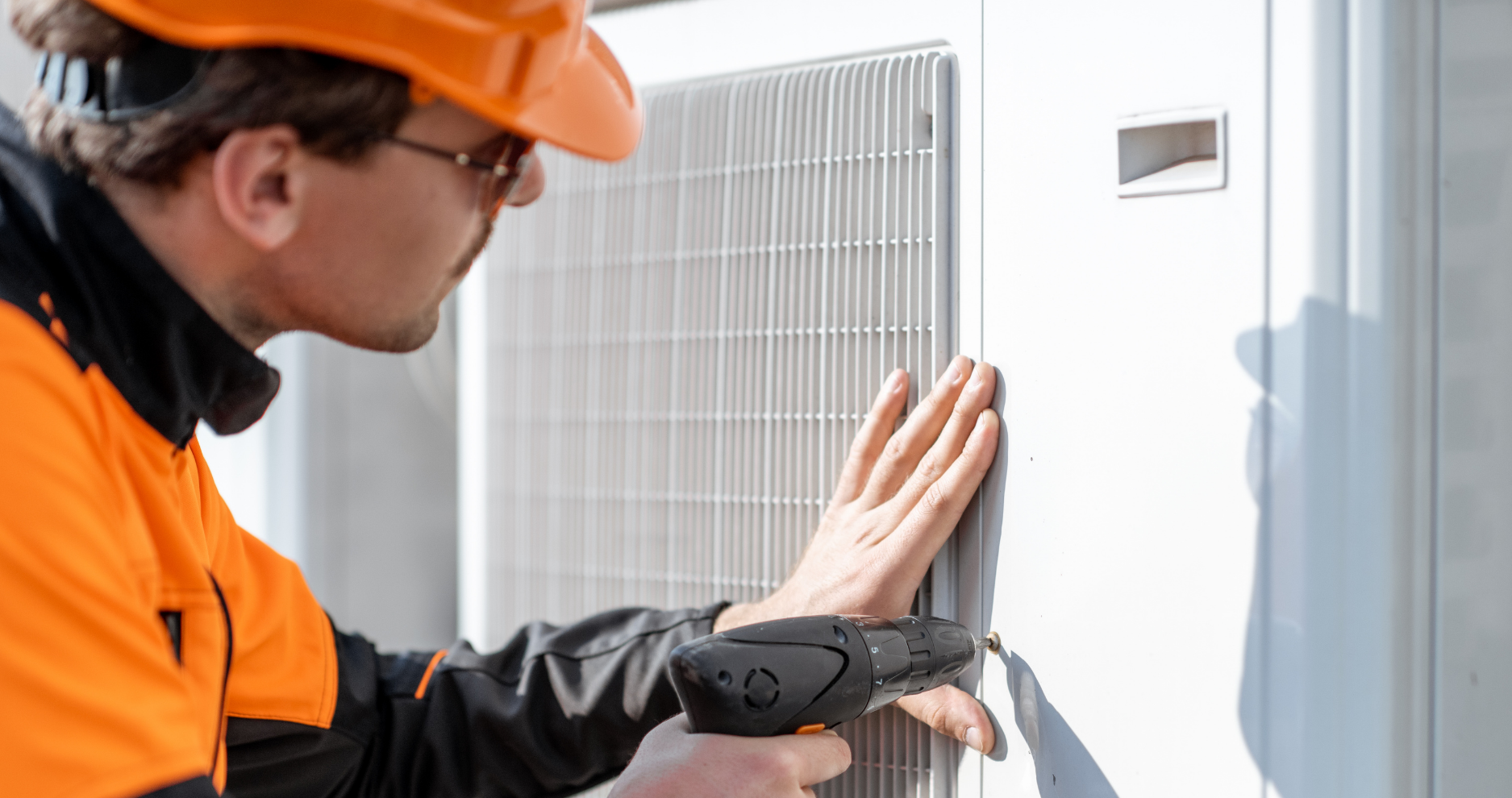
Heat pumps are a key appliance in advancing electrification efforts. (Photo Credit: RossHelen via Canva)
Build It Green is still in the early stages of this work, and we look forward to continuing to bring together changemakers across different practices to enable quick, effective action and decarbonize homes in an equitable, accessible, and affordable way. Sustainability professionals and policymakers work with big-picture goals and ambitions, but, as the electrical panel example has shown us, it is imperative to take a cross-sector, collaborative approach to move plans to scalable action. Professionals that are actively working to electrify people’s homes need to be brought into conversations with policymakers.
We continue to meet and welcome other changemakers in this space to identify potential ways to overcome the expensive and time-consuming barrier of panel upgrades. The secret for unlocking electrification, along with other efforts to enable equitable, affordable, and environmentally friendly initiatives, is known by those closest to the issue all along. With a bit of neutral cross-sector space to wade through the details, collective power will emerge.
Want to get involved? POWER meets monthly to support this important key to decarbonizing buildings. Email [email protected] for more information.
(Header image credit: fotofrog via Getty Images)
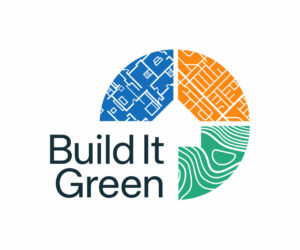

Alex Coba
Communication Associate
As a proud California native from Stockton, Alex brings a wealth of experience and a versatile skill set. He has a solid communication background with a Bachelor of Arts in Journalism and Public Relations from California State University, Chico. Alex is adept at strategic communications and media relations, with experience gathering and sharing stories from his local communities that uplift the unique spirit and values of those places. He is excited to join Build It Green, where he can apply his talents to further BIG’s mission to help communities across California thrive